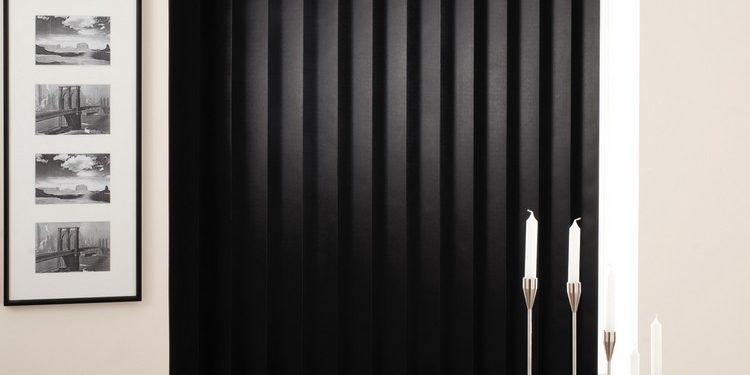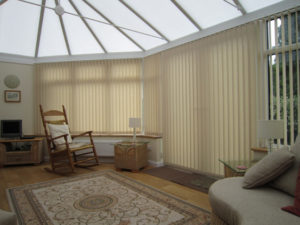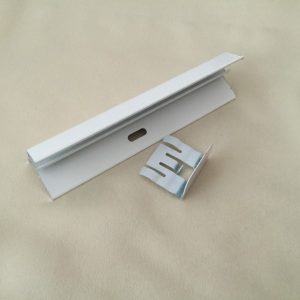Our team at Expression Blinds have well over a decades experience in window blind survey and installation. A question I am asked frequently when I am measuring up is how exactly will the blinds be fitted. This can vary massively from job-to-job, and depends largely on the blind type. This guide will outline the different types and fitting, and help you to discover which fitting will work best for your blinds!
Different Blinds Installation Styles
Top-Fix Installation
The most common type of installation that we carry out is the top-fix, where the blinds will be attached to brackets which are fitted into the top of the recess (hence the name!). If the top surround of the recess is wood then it is a case of screwing the brackets straight into the wood, and is nice and straight-forward. However, the majority of the time we don’t have this luxury (unfortunately!), and the brackets will have to be fitted into plaster. In this case, we will drill through the plasterboard, and any lintels immediately behind the plaster line. Once we have a hole deep enough, we then insert a rawl plug which will grip the screw tightly and hold it in the plaster firmly. Very often, standard plasterboard rawl plugs will suffice, but if the plaster is weak, we can use larger screw-in plugs which provide greater strength and support. We can also use bigger screws to further strengthen the fixing.
Face-Fix Installation
In certain circumstances, using the top-fix method may not be possible or practical. For example, if blinds are fitted in a conservatory, they cannot be top-fixed, and therefore we have to use the face-fix installation method. For this technique, we use face-fix extension brackets, which are fitted into the window frame, rather than the plaster. The extension in the brackets allows the blinds to sit far enough away from the window frame so to not interfere with the handles when operated. This method can be used for installing nearly all blind ranges, and can also be used if the plaster above a window simply isn’t strong enough to allow top-fix installation. Sometimes, customers prefer roller blinds to be face-fixed and then “reverse rolled”, where the fabric rolls from the front of the barrel to avoid the window handles.
Side-Fix Installation
This type of fitting is much rarer, but if top-fix and face-fix are not possible (sometimes found in offices/commercial spaces), then we can side-fix the blinds.
Bead-Fix Installation
The modern style of blind fitting is called the bead-fix method, and this is used by Perfect fit and INTU blinds. It is used on UPVC doors and windows, where there is a rubber seal (bead) between the frame and the glass. The brackets (see left) slot in behind the rubber seal and the frame/headrail of the blind then clips on and is held firmly in place. This is a superb innovation in window blind installation, as it means there are no holes or damage to the surrounding frames. If the customer would like a tensioned blind system fitting to a window without the rubber seal (e.g. on a wooden window frame), then the INTU Screw-fix blinds can be supplied. These are very similar to the above blinds, but as the name suggests, the blind is screwed into place rather than the brackets inserted in the beading.
For more information on all our blind ranges, fill out an enquiry form or call us today on 0161 241 9686.





















